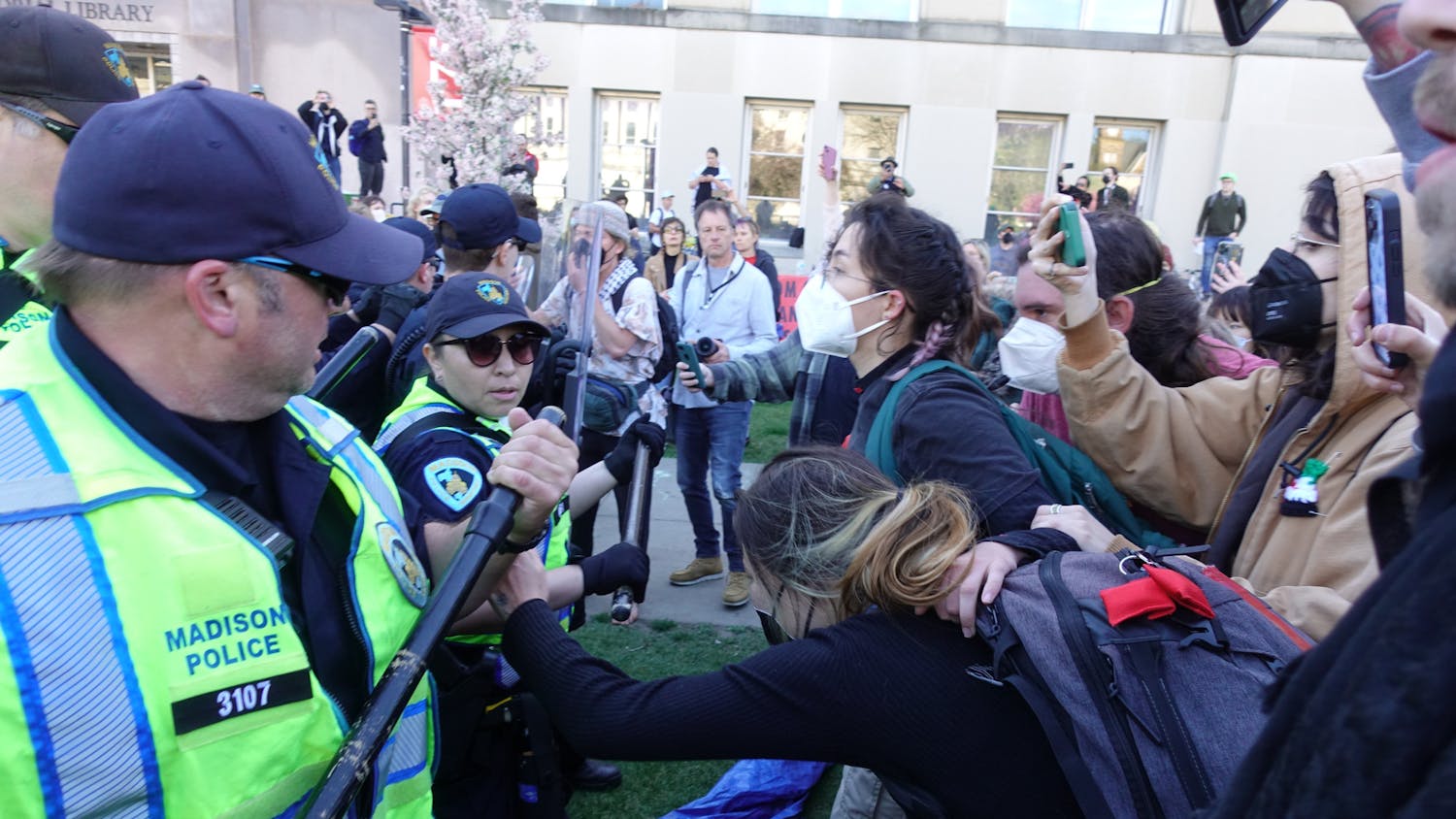As many students celebrate the start of summer with relaxation, the University of Wisconsin-Madison campus is still filled with researchers working to make new discoveries and advances on today’s leading questions. Every summer, researchers conduct multiple major research projects on campus. This summer’s topics cover a wide range of fields including cancer treatment, Australian heritage, COVID-19 and structural brain changes.
UW-Madison is a highly ranked research university that utilizes strong professors year round to problem solve and work towards solutions to great challenges. This is done through research teams built of current students who work alongside professors to study, analyze, research and gain experience that will prepare them to lead their own research teams in the future.
Cancer Treatment Advances
The development of a non-invasive, blood-based biopsy for kidney cancer now allows doctors to analyze patients’ responses to treatments without having to continuously perform biopsies of tumors on cancer patients, according to UW-Madison researchers. UW-Madison scientists did a study following over 100 patients facing renal cell carcinoma treatment. Researchers followed and analyzed circulating tumor cells to look at molecular changes that signal responses to treatment.
“Cancer is not a static disease,” researcher Matthew Bootsma stated in a UW Madison news release. “As the disease progresses, molecular characteristics change over time, and these changes are important to understand how the disease responds to treatment as well as how resistance develops.”
Equipment from the Circulating Biomarker Core in the UW-Madison Carbone Cancer Center was utilized in order to quickly count and evaluate the circulating tumor cells. Increasing levels of circulation signaled a lifespan approximately four months shorter compared to that of patients with little blood change.
According to UW-Madison professor Shuang Zhao, “These results make a lot of sense. Circulating tumor cells are a surrogate for tumor burden. If they are going up, that’s likely a bad sign. If they’re dropping, that's promising that treatment is working.”
In addition to cell counts, the equipment also measured proteins. Differing protein levels signal changes that can be analyzed by doctors to determine the effectiveness and progress of treatments.
Fast treatment reactions to diseases can lead to better results. Using the newly developed liquid biopsies will allow for quick reactions because of the real time changes that can be followed and witnessed by doctors and researchers.
Bootsma concluded by stating that “We hope to use this information to react faster going forward and get patients on a more appropriate therapy.”
Science and Art Combined
Much of Australian culture is preserved through different forms of art. Understanding the chemical composition of art materials used by aboriginal Australians is necessary for art conservators to recognize certain materials in ancient art pieces.
“Researchers are turning to X-ray science to help reveal the composition of the materials used in Aboriginal Australian cultural heritage – starting with the analysis of century-old samples of plant secretions, or exudates,” according to a UW-Madison press release.
The researchers’ primary focus of analysis is plant secretion or exudates. Many Australian art pieces use this material. Meaning, analyzing the exudates with X-rays to see the molecular structure enables researchers to properly link art pieces to Australian heritage.
With the samples being collected over a century ago, researchers understood that changes to the surface layers of the materials occurred. This meant the X-rays needed to reach deeper into the samples to create high quality data. The team used “hard” X-rays to reach beyond the surface levels of the sample where photons spread-out showing silicon crystals in a repeating pattern, as well as one type of wavelength.
“For the first time, we were able to see the molecular structure of a well-preserved collection of native Australian plant samples, which might allow us to discover their existence in other important cultural heritage objects,” the press release stated.
The team found great success and gained strong data that clearly showed the structure of the exudates. Given the success of the X-ray technology, members of the research team hope the science community, as well as cultural heritage analysts, will look toward this technology in the future when it comes to learning more about samples.
“Now we can go ahead and study other organic materials of cultural importance using this powerful X-ray technique,” physicist Rafaella Georgiou said.
COVID-19 Variants
Another research project headed by the university concerns COVID-19 sub-variants. Findings by Yoshihiro Kawaoka — a UW-Madison virologist and professor at both the UW School of Veterinary Medicine and the University of Tokyo — and associates in Japan show that the omicron sub-variants BA.2 and BA.1 are very similar.
The results of this study come in opposition to a recent study by another research team. While Kawaoka’s findings show great similarities in the severity and cause of the sub-variants, other studies suggest BA.2 is more likely to cause severe sickness.
“That study indicated BA.2 may be more pathogenic than BA.1. But when we used authentic virus, we found that BA.2 is not more pathogenic,” Kawaoka stated in a press release.
Tests were conducted on rodent samples as opposed to humans, and data showed that both sub-variants were less severe when compared to previous strains such as delta and the original strain of the virus.
Evidence showed that antibodies and antiviral drugs were effective against the newest sub-variant, but plasma from vaccinated people, as well as those who were previously affected by COVID, is less likely to neutralize the omicron sub-variants. More recent sub-variants are now being tested by Kawaoka and his team. He wants people to understand that, “if you’re vaccinated and then infected, you’re protected against many different variants.”






